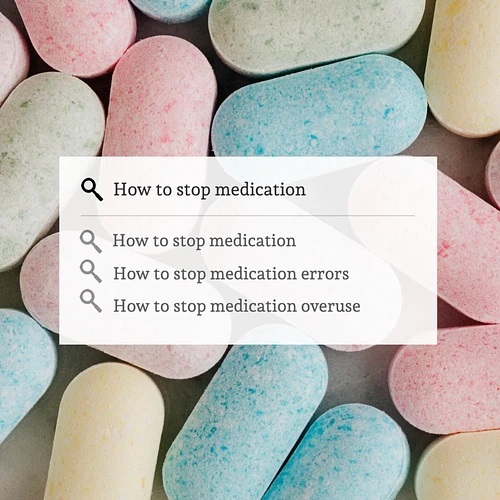Translated by Angela Tagliafierro
After the failed attempt in Veneto, Emilia-Romagna is the first region to introduce some guidelines establishing the precise timing to resort to the physician-assisted death. By a resolution of the regional council, the governor Stefano Bonaccini applied the verdict 242/2019 of the Constitutional Court, which declared the assisted suicide a legal practice in Italy (only in specific conditions), as well as an inalienable citizens' right. However, thus far, it is still absent a national law to regulate the access to this activity.
According to the verdict by the Constitutional Court, to access the assisted death it is necessary to meet four requirements simultaneously: the patient must be able to make free and conscious decisions; be affected by an irreversible pathology which, one more requirement, causes them physical or psychological suffering considered unbearable and, finally, to be alive only thanks to life-support therapies. Examples of such treatments are the life support machines or other sanitary therapies providing for the assumption of specific medicines; if interrupted, they can cause the death of the patient.
Differences between euthanasia and assisted suicide
Differently from what someone may instinctively think, the physician-assisted suicide is not euthanasia, which is currently a crime in Italy. The former refers to the indirect help to die by a doctor through the self-administration to a patient of lethal doses of one or more medicines; the latter has a deeper meaning. The “good death” (literal meaning of the word deriving from the Greek eu-thanatos) is the act of intentionally provoking the death of a person, who explicitly asks for it.
Even though they both include the will of the patient and the final result of the procedure, there are at least two main differences between the two activities:
- In the case of euthanasia, there is no need for an active participation of the person, while in the assisted suicide the patient takes the drug independently.
- Euthanasia requires a direct action of the physician who, generally, administrates the medication by intravenous injection. On the contrary, in the assisted suicide, the patient takes autonomously a drug previously prepared by a physician.
The timing
42 days to die: this is the maximum period which can pass from the request of the patient to resort to the assisted suicide and its effective execution. The resolution of the regional council does not benefit from the binding power of a law, but it represents anyway an important guarantee tool to all the people who decide to end their sufferings. The regulatory gap still existing has caused several problems during the years; many of them led to complaints and lawsuits.
As a first step, the interested person sends a request to the Local Sanitary Direction (ASL) concerned, including attachments of all the documents considered as necessary to evaluate the situation. Generally, it is a motivated request people can apply for by a written document, videoed or, if the patient suffers from any disability, through the specific devices they use daily to communicate.
Once got this document, within three days the ASL will send it to the Evaluation Commission Wider Area, a technical-scientific regional commission charged with assisting the sanitary companies in the management of the drugs. It is the commission who makes the first (or more than one, if needed) examination of the patient to evaluate the requirements established by the verdict of the Constitutional Court. This time, the Commission can express its position within twenty days. Thanks to these first timings, it is possible to avoid that the ASL rejects the requests without checking the conditions of the patient, due to the absence of binding laws. This was Daniela’s situation, the first person to apply for the assisted death. Before dying from the incurable tumour she was suffering from, she appealed against ASL, who refused to check if she met or not the requirements required and denied her every possibility of treatment.
At this point, the Commission sends its opinion to COREC (Regional Ethics Committee), a local ethic commission which can express its opinion within seven days and give it to the Commission itself.
The commission is the authority charged with writing the final report of the situation and sending it to the patient or one of their delegates within five days with the COREC’s opinion.
So doing, the patient knows the reason of a potential rejection. On the contrary, if the request is accepted, the ASL must find the appropriate staff and provide the expected service, guarantee the beginning of the procedure and the resort to the assisted suicide within seven days.
Mondo Internazionale APS - Reproduction Reserved ® 2024
Share the post
L'Autore
Laura Rodriguez
Categories
Tag
Suicidio assistito Eutanasia medical care corte costituzionale


